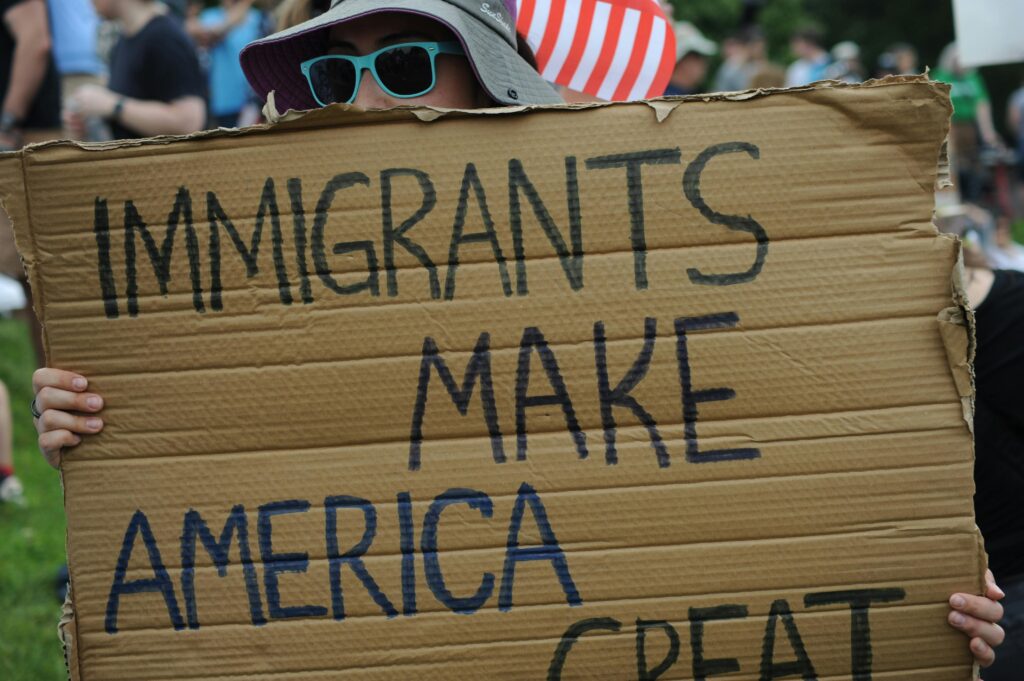- Politics
- Immigration Challenge in Developed Nations
- By Manohar Patil
The Social Dimensions of the Immigration Challenge in Developed Nations
Immigration, while undeniably a source of dynamism and growth for developed nations, presents a significant social challenge that extends far beyond economic indicators or policy debates. The integration of diverse populations into existing societal fabrics, the preservation of social cohesion, and the equitable distribution of resources are complex issues that define much of the contemporary discourse around immigration in these countries. Understanding these social dimensions is crucial for crafting effective and humane immigration policies.
Strains on Social Cohesion and Identity
One of the most frequently discussed social challenges is the potential strain on national identity and social cohesion. Rapid and large-scale immigration can lead to a more diverse populace, which, while enriching, can also create anxieties about the erosion of traditional cultural norms and values. Debates arise over the extent to which new arrivals should assimilate versus retaining their unique cultural identities. If integration processes are not robust, it can lead to the formation of “parallel societies” or enclaves, where different communities live side-by-side with limited interaction, potentially fostering misunderstandings, prejudice, and a sense of alienation for both host and immigrant populations.
Pressure on Public Services and Community Resources
The increased demand on public services represents another critical social dimension. Education systems, healthcare facilities, and social welfare programs, designed for a specific demographic and population size, can become overwhelmed by a rapid influx of new residents. Schools may struggle with diverse linguistic needs, requiring specialized resources and training for teachers. Healthcare providers might face challenges in catering to varied cultural practices and health beliefs. The strain on affordable housing, especially in urban centers, can exacerbate existing social inequalities, pushing up rents and creating competition for limited resources. These pressures, if not adequately managed, can lead to resentment within established communities, who may perceive a decline in the quality or accessibility of services.
Addressing Social Inequality and Discrimination
Immigrants, particularly those from vulnerable backgrounds or those with less recognized qualifications, often face significant barriers to social mobility and can experience higher rates of poverty and unemployment. They may encounter discrimination in housing, employment, and public spaces, perpetuating cycles of disadvantage. Ensuring equitable access to opportunities, combating xenophobia, and building inclusive communities are paramount for addressing these inequalities. Failure to do so not only harms the immigrant population but can also lead to social unrest and a waste of human potential. Effective integration policies, including language training, vocational support, and anti-discrimination measures, are vital for mitigating these disparities.
The Role of Public Discourse and Media
The way immigration is discussed in public discourse and portrayed in the media significantly shapes its social impact. Negative or sensationalist narratives can fuel fear, prejudice, and division, exacerbating social tensions. Conversely, balanced and nuanced reporting, coupled with inclusive political rhetoric, can foster understanding, empathy, and a more constructive approach to the challenges. The social cohesion of a nation facing immigration hinges significantly on its ability to engage in open, honest, and empathetic conversations about the complexities involved, moving beyond simplistic solutions and recognizing the shared responsibility in building inclusive societies.
In conclusion, the immigration challenge in developed nations is profoundly social. It touches upon national identity, community well-being, and the fabric of civil society. Addressing these complex social dimensions requires more than just economic planning; it demands a commitment to fostering mutual respect, investing in comprehensive integration programs, strengthening public services, and cultivating an inclusive public discourse that recognizes both the immense contributions and the inherent complexities of diverse populations. Only then can developed nations truly harness the benefits of immigration while mitigating its social challenges.
Share this Article
WhatsApp
LinkedIn
Telegram
Email
Get Daily Updates to Your Inbox
Subscribe to News Letter
Advertisement


